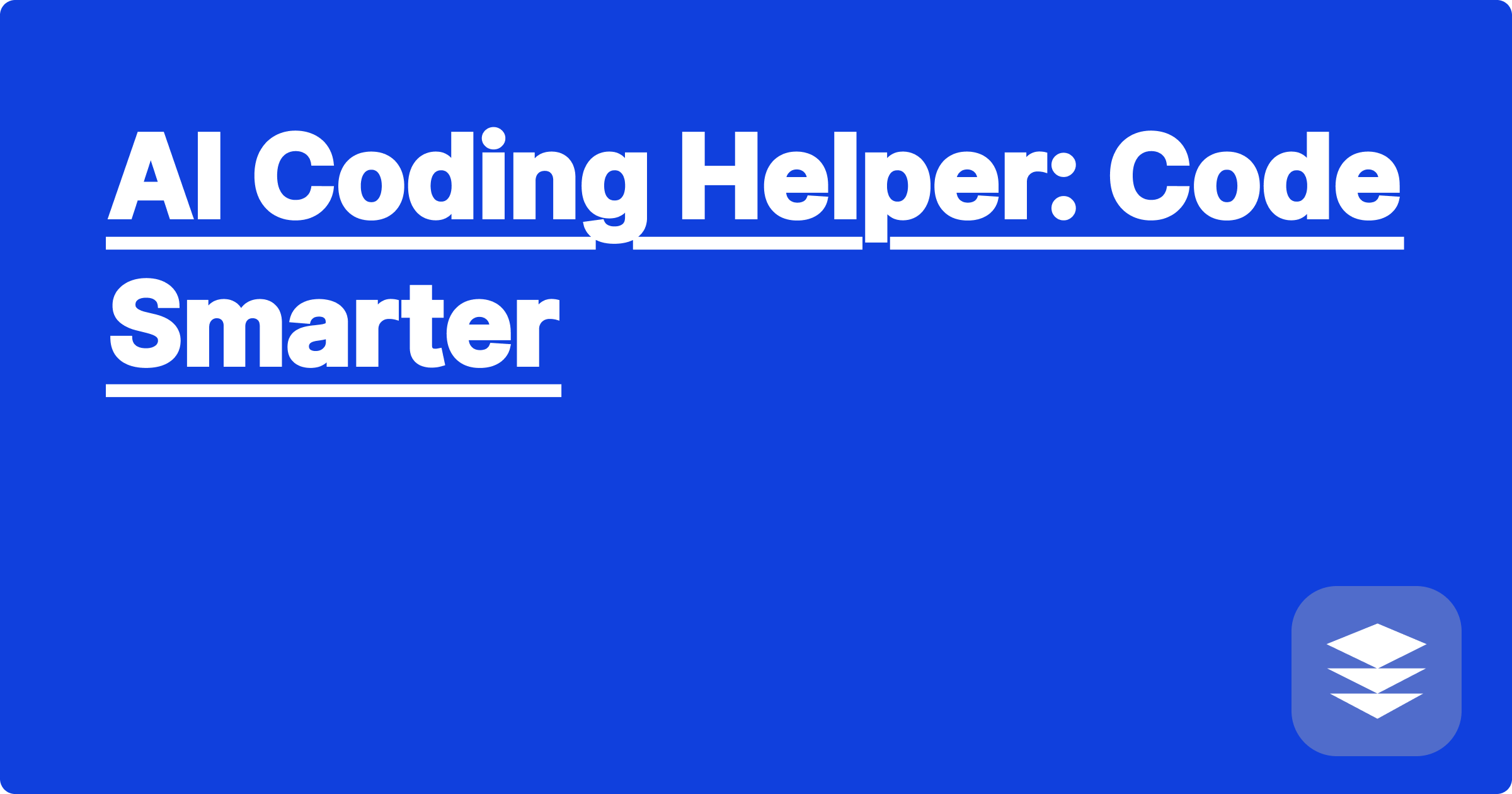
The demanding world of STEM education and research often leaves students feeling overwhelmed. Balancing complex coursework, challenging research projects, and the ever-present pressure to maintain a high GPA can be a constant struggle. Fortunately, a new wave of AI-powered tools is emerging, offering a lifeline to STEM students and researchers navigating this complex landscape. These tools are not just about automating tasks; they represent a fundamental shift in how we approach learning and research, enabling a personalized and efficient approach to academic success.
This shift towards AI-assisted learning is crucial for STEM students and researchers because it addresses the fundamental challenges of information overload and time scarcity. The sheer volume of knowledge required in STEM fields can be daunting, and traditional learning methods often struggle to keep pace. AI tools offer a way to filter, process, and personalize this information, allowing students to focus on the most relevant concepts and skills. Moreover, these tools can significantly boost research productivity by automating tedious tasks, providing insightful data analysis, and accelerating the discovery process. Ultimately, embracing AI in STEM education and research is no longer a luxury, but a necessity for staying competitive and achieving peak performance.
STEM fields are inherently complex, requiring students to grapple with abstract concepts, intricate formulas, and vast amounts of data. Traditional learning methods often fall short in providing the personalized support and efficient tools necessary to master these challenging subjects. Students frequently find themselves struggling to keep up with the pace of lectures, overwhelmed by the sheer volume of information, and lacking the individualized guidance they need to succeed. Furthermore, research in STEM fields demands meticulous data analysis, extensive literature reviews, and often tedious coding tasks, all of which can consume significant time and energy. This pressure to perform academically while juggling multiple responsibilities can lead to burnout and hinder overall learning and research outcomes.
AI-powered learning platforms like the hypothetical GPAI, as well as existing tools like ChatGPT, Claude, and Wolfram Alpha, offer a powerful solution to these challenges. These platforms leverage advanced algorithms and machine learning to provide personalized learning experiences, automate tedious tasks, and enhance research productivity. GPAI, for example, could offer features like personalized study plans tailored to individual learning styles and academic goals. Imagine a platform that analyzes your strengths and weaknesses, identifies knowledge gaps, and generates a customized study schedule that optimizes your learning journey. Furthermore, these AI tools can automate tasks like code generation, debugging, and literature review summarization, freeing up valuable time for students and researchers to focus on higher-level thinking and problem-solving.
Integrating AI tools into your workflow can be seamless and highly beneficial. Begin by identifying your specific needs and challenges. Are you struggling with time management? Do you need help understanding complex concepts? Once you've pinpointed your areas for improvement, explore the various AI tools available and select those that best address your needs. For example, if you struggle with coding, ChatGPT or GitHub Copilot can assist with code generation and debugging. If you're overwhelmed by research papers, Elicit can help you quickly synthesize information and identify key findings. Next, integrate these tools into your daily routine. Use GPAI to create a personalized study plan and track your progress. Utilize Wolfram Alpha for complex calculations and data analysis. Finally, continuously evaluate the effectiveness of these tools and adjust your approach as needed.
Consider a physics student struggling with complex simulations. An AI tool like Wolfram Alpha can help them visualize and manipulate equations, allowing them to grasp the underlying principles more effectively. A chemistry student can use AI-powered molecular modeling software to predict the properties of new compounds, accelerating their research process. In mathematics, AI tools can assist with complex proofs and provide step-by-step solutions to challenging problems. For example, a student struggling with a differential equation could input the equation into Wolfram Alpha and receive not only the solution but also a breakdown of the steps involved.
To maximize the benefits of AI in your academic pursuits, focus on a strategic approach. First, prioritize understanding the underlying concepts rather than simply relying on AI for answers. Use AI tools to supplement your learning, not replace it. Second, actively engage with the material. Ask questions, experiment with different approaches, and seek feedback from professors and peers. Third, develop strong time management skills. Utilize AI-powered scheduling tools and techniques like the Pomodoro method to optimize your study sessions. Finally, prioritize your mental well-being. Academic stress is a common challenge, and AI-powered mindfulness apps can help you manage stress and maintain a healthy work-life balance.
Embrace these tools, not as a shortcut, but as a powerful partner in your academic journey. By integrating AI strategically into your workflow, you can unlock your full potential, achieve your academic goals, and contribute meaningfully to the exciting world of STEM. Explore the various platforms available, experiment with different approaches, and discover the transformative power of AI in shaping your academic future. Remember that continuous learning and adaptation are key to success in this rapidly evolving landscape.
AI for Biology: Data Visualization
AI for Stats: Data Analysis Made Easy
AI Study Prep: Master STEM Exams
AI Homework Help: Conquer STEM
AI for Research: Find Key Papers
AI Coding Helper: Code Smarter
AI Physics Tutor: Problem Solving
AI in Biology: Data Visualization